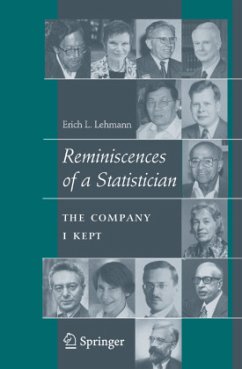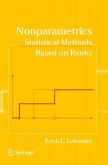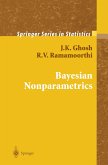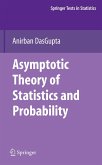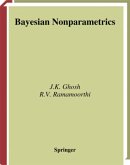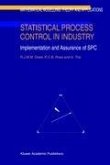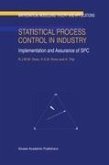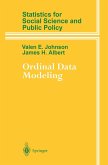It has been my good fortune to meet and get to know many remarkable people, mostly statisticians and mathematicians, and to derive much pleasure and benefit from these contacts. They were teachers, colleagues and students, and the following pages sketch their careers and our interactions. Also included are a few persons with whom I had little or no direct contact but whose ideas had a decisive influence on my work. To provide some coherence, the account is largely chronological and follows the steps of my own career. Taken together, these sketches provide a very personal picture of the dev- opment of statistical theory from the 1930s to the 1970s. It is the period between two revolutions: that of Fisher, Neyman, and Pearson, which laid the foundations for the classical statistical theory of that period; and the second revolution, forty years later, brought about by the advent of the computer, which turned statistics in new directions. The present account of this history is a highly selective one, which emphasizes the persons, institutions, and statistical topics that were close to my interests. One narrowing effect of this perspective stems from the fact that my career took place in the United States. As a consequence, the book focuses on American statisticians and institutions. Only the last two ch- ters discuss, briefly and very incompletely, developments in some other countries.
From the Reviews:
"Reminiscences contains stories of people, their lives, their quirks and their science - told with gentle kindness and deep understanding of both the people and their science. It is a wonderful book and I urge everyone with an interest in people, in the development of 20th century science, or in statistics to buy, read and cherish it." (Howard Wainer, Journal of Educational Measurement, Summer 2009, Vol. 46, No. 2))
"This book is a gem, a must-read. It is a throughly enjoyable mixture of autobiographical and broader historical material, presented as mini-biographies of over 60 mathematicians and statisticians connected to the author....The book contains many anecdotes relating to what we might call career development, implicity emphasizing the role of chance in life. It contains much of interest on academic research, administration, teaching, the writing of papers and textbooks, collaboration, advising, and most prominently, friendship." (Terry Speed, Short Book Reviews)
"The book is, in part, autobiographical. It also provides biographical vignettes of the people Lehmann has known and associated with since his arrival at Berkeley in 1941. ... This is the first book that provides insights into the personalities and progress of statistical work of this period ... . Currently, the book is a very interesting read with much insight. In the longer term, I predict that it will be a valuable source for historians of the future wanting to write about this period." (David Bellhouse, Mathematical Reviews, Issue 2008 k)
"This is an excellent book that can be recommended to anyone with an interest in statistics, the history of statistics, the history of science, and the philosophy of science. It is a personal story of the development of the statistical thinking that today dominates so much of the way we learn about the world, written by one of the main architects of this statisticalthinking. ... Lehmann gives a detailed exposition of the development of the testing of statistical hypotheses." (Kjell Doksum, Technometrics, Vol. 51 (4), November, 2009)
"Reminiscences contains stories of people, their lives, their quirks and their science - told with gentle kindness and deep understanding of both the people and their science. It is a wonderful book and I urge everyone with an interest in people, in the development of 20th century science, or in statistics to buy, read and cherish it." (Howard Wainer, Journal of Educational Measurement, Summer 2009, Vol. 46, No. 2))
"This book is a gem, a must-read. It is a throughly enjoyable mixture of autobiographical and broader historical material, presented as mini-biographies of over 60 mathematicians and statisticians connected to the author....The book contains many anecdotes relating to what we might call career development, implicity emphasizing the role of chance in life. It contains much of interest on academic research, administration, teaching, the writing of papers and textbooks, collaboration, advising, and most prominently, friendship." (Terry Speed, Short Book Reviews)
"The book is, in part, autobiographical. It also provides biographical vignettes of the people Lehmann has known and associated with since his arrival at Berkeley in 1941. ... This is the first book that provides insights into the personalities and progress of statistical work of this period ... . Currently, the book is a very interesting read with much insight. In the longer term, I predict that it will be a valuable source for historians of the future wanting to write about this period." (David Bellhouse, Mathematical Reviews, Issue 2008 k)
"This is an excellent book that can be recommended to anyone with an interest in statistics, the history of statistics, the history of science, and the philosophy of science. It is a personal story of the development of the statistical thinking that today dominates so much of the way we learn about the world, written by one of the main architects of this statisticalthinking. ... Lehmann gives a detailed exposition of the development of the testing of statistical hypotheses." (Kjell Doksum, Technometrics, Vol. 51 (4), November, 2009)

